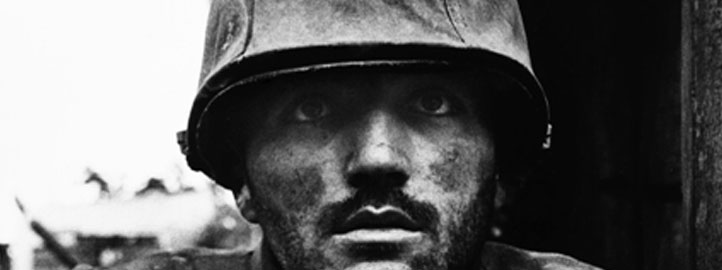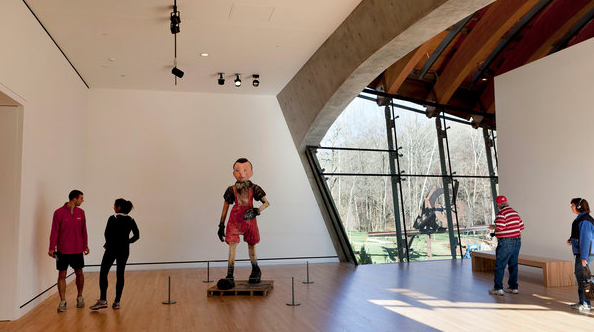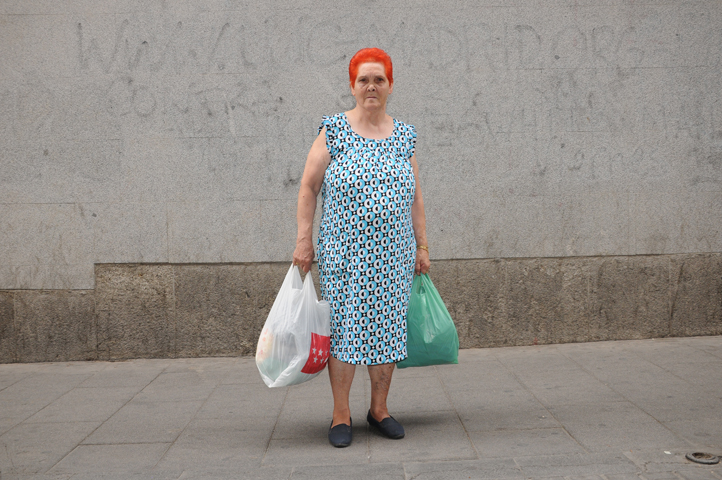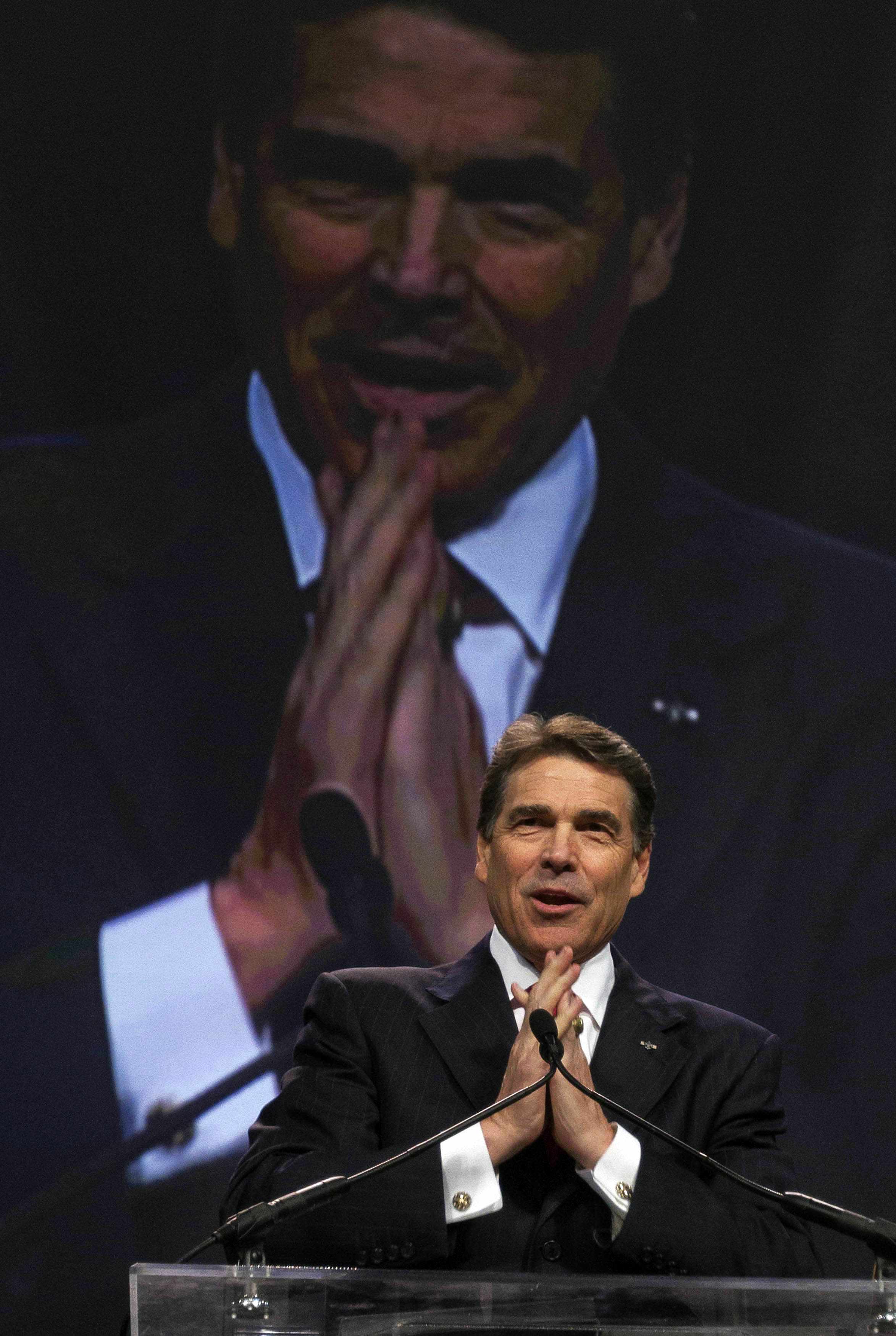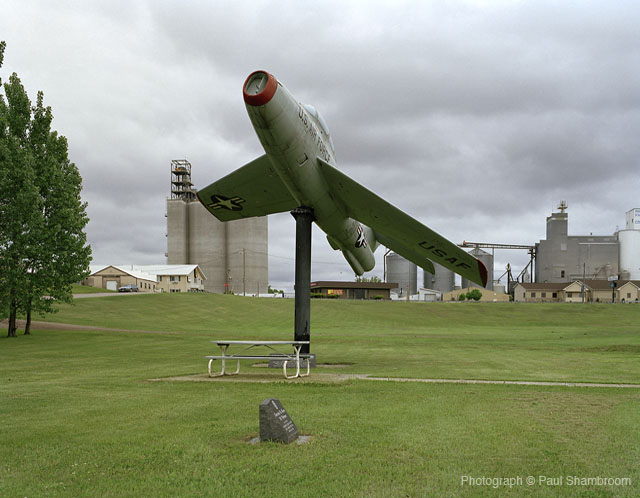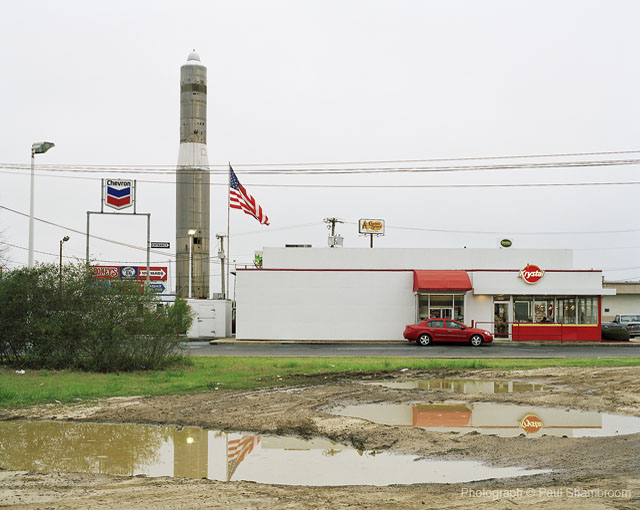There are many reasons for the profound economic and political problems currently plaguing the US. Sure, a lot of them follow a direct line back to Ronald Reagan, and more recently the story is one of elite capture of the government to accelerate even further the massive transfer of wealth upward. American society is becoming painfully inequitable and comprehensively unhealthy, and nothing I say should detract from that assessment or from demanding accountability on behalf of the general welfare. I will say, however, that there may be additional reasons why the American public seems so passive. Why is it that “the people” are so lacking in the intelligence, solidarity, organization, and energy needed to take back their country? One answer might be, because they have never seen and can’t even really imagine this:
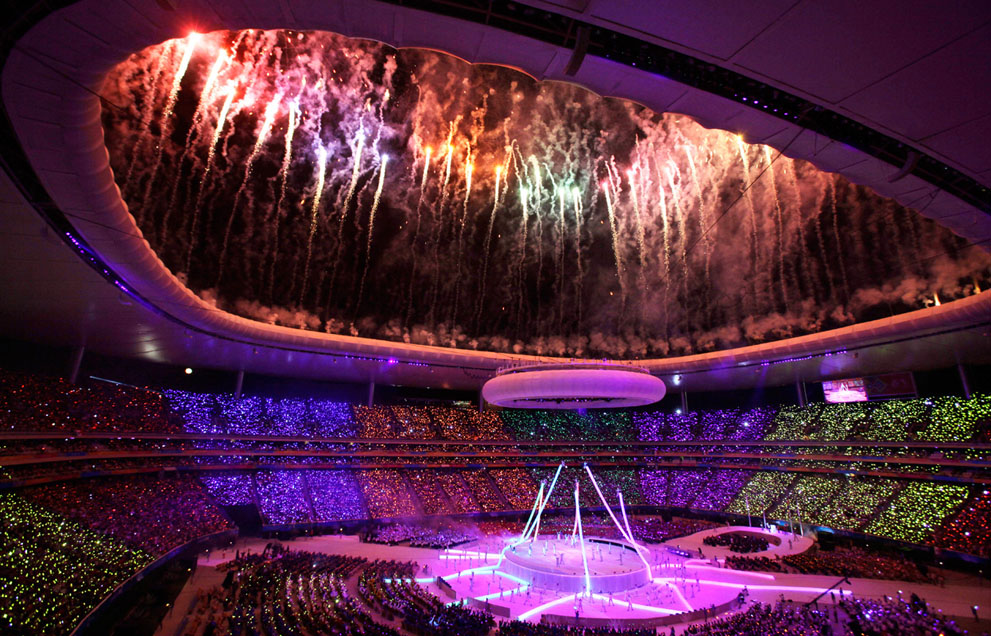
You are looking at the Omnilife Stadium in Guadalajara, Mexico during opening ceremonies for the 2011 Pan American Games. Quite a sight, isn’t it? Let’s say it, that’s one hell of a show in a fabulous stadium that can match or beat anything you will see on a Sunday afternoon in the US. And let’s also say that it’s not a stadium filled with illegal immigrants who will risk anything to leave an impoverished country to get to the promised land. (Mexico has serious poverty, of course, but so does the US.) Finally, let’s note that Guadalajara is not that far away from the US, but for most US citizens it might as well be on the far side of the moon.
I am suggesting that one reason Americans remain so passive in the face of economic and political predation is that they continue to believe that they are better off than the rest of the world. And not just better off, but divinely so: a nation predestined by God to become the “shining city on a hill,” as Reagan intoned, channeling the words but not the sense of John Winthrop’s 1630 speech, A Model of Christian Charity.” As many scholars have documented, America’s ideology began with the definition of the nation as a New American Adam in the New World Garden. That idea of having a special place in God’s plan and otherwise outside of the laws and vicissitudes of history has been carried forward through the doctrine of Manifest Destiny to the Lone Superpower to jokes about “Freedom Fries” and the current complacency. Carried forward, one might say, ever more unreflectively and undeservedly.
James Howard Kunstler has made a related point in Home from Nowhere, which is that American’s put up with such lousy design standards because they haven’t traveled to where higher standards are taken for granted. Americans think a city street is “nice” if it’s relatively free of litter, never mind that the few plantings are half-dead and the sidewalks too narrow for anything but funneling people between buildings. Until you’ve traveled enough, you just can’t imagine that large areas of the industrialized world look better and have amenities from free wi-fi in the airports to good trains to you name it–and we’re not even talking about health care. As Kunstler noted, when Disney World is seen as an upgrade from your normal environment, you have a problem.
And the problem only gets worse when your mind can be turned off by anyone who says that that the US is one nation under God, the greatest country on earth, with the highest standard of living in the world. If you have the facts, you can back that up a bit, but the facts will never be enough. And perhaps spectacles and monuments and city plans are not the best measure of a nation’s wealth or quality of life. I’ll grant that, but not the rest of the argument, which is one reason I like this photo.

Again, it’s visually stunning, but also something you might have seen close to home. Someone is sluicing down a waterslide in Mogyorod, a town near Budapest, Hungary. Small town, cheap entertainment, simple pleasures of a summer day–it could be anywhere, and that’s the point. What many Americans would assume is something only to be found in the US, now is a part of life for hundreds of millions of people around the globe. And if you want to push the point, the facility, structure, or infrastructure elsewhere is likely to be newer and more up to date than what’s at the end of Strip Mall Road in Middle America.
Hence, the irony: a nation long characterized by its mobility needs to get out more. Of course, geography works against it, and it’s hard to do in any case when your economic resources are going south. That’s where photography can help. The American public should come for the view, marvel at the image, and enjoy the spectacle, but they also should learn something from the experience. It appears that God’s plan is more capacious than had been thought. And if Americans don’t demand that government and the economy serve their common interests, one day they may wake up to discover that, compared to much of the developed world, they really are the exception.
Photographs by Jorge Saenz/Associated Press and Laszlo Balogh/Reuters.
0 Comments
